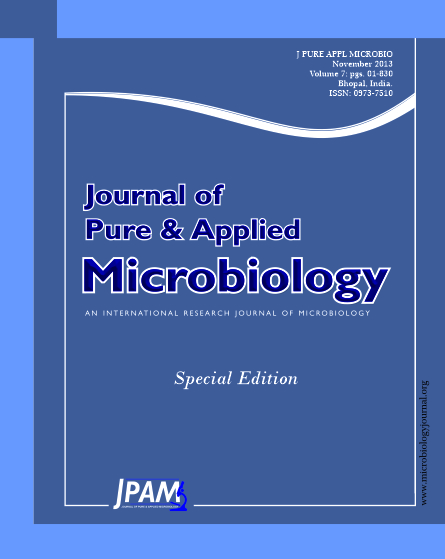Saudi Echis carinatus bite is one of the leading causes of snake-bite mortality in Kingdom of Saudi Arabia. The traditional anti- Echis carinatus venom serum therapy prepared from mammales was found to be expensive and with high frequency of side effects. Therefore current study was aimed to generate a high titer immunoglobulin from egg yolk (IgY) of crude Echis carinatus venom immunized Leghorn hens, and to standardize an effective method for producing avian antivenom in relatively pure form. The IgY was isolated first by water dilution method to remove the lipid, then extracted by ammonium sulphate-caprylic acid method. The different purities of IgY from different isolating stages were submitted to enzyme-linked immunosorbent assay and SDS-PAGE. The LD50 of the Echis carinatus venom was 0.92 mg/kg body weight in mice. Twenty times the LD50 dose of venom was selected as challenge dose, and the ED50 of IgY was 15 mg IECF/mg venom. The results indicate that Laying hens could be used as an alternative source of polyclonal antibodies against Echis carinatus snake venoms due to several advantages as compared with mammals traditionally used for such purpose, thus possessing therapeutic significance for snakebite envenomation.
Snake venom, Echis carinatus, Immunoglobulins Y, Lethal dose 50, Caprylic acid
© The Author(s) 2013. Open Access. This article is distributed under the terms of the Creative Commons Attribution 4.0 International License which permits unrestricted use, sharing, distribution, and reproduction in any medium, provided you give appropriate credit to the original author(s) and the source, provide a link to the Creative Commons license, and indicate if changes were made.


